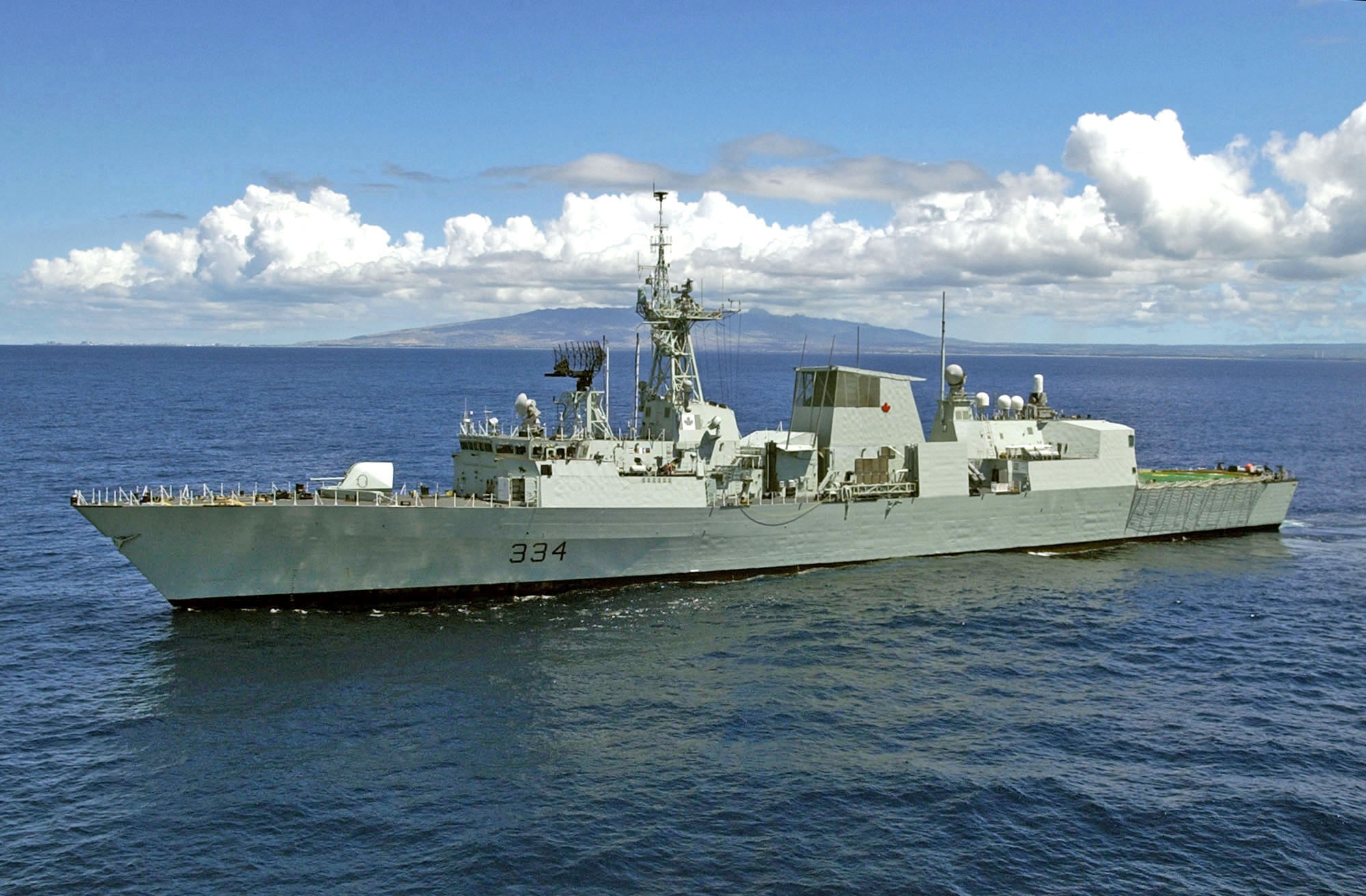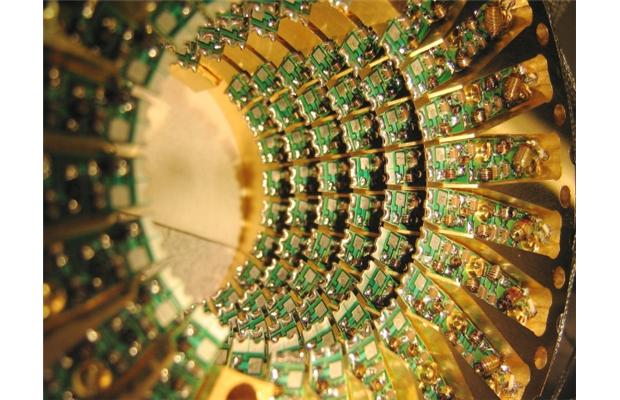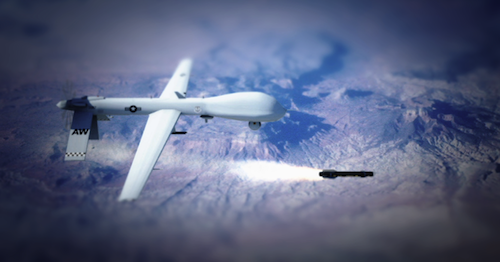Defence procurement has become a flashpoint of criticism for the Canadian government in recent years. To remedy this, the Harper Administration recently released the 2014 Defence Acquisition Guide (DAG) for the Canadian Armed Forces (CAF), the second component of its Defence Procurement Strategy. According to the government, the purpose of the DAG is to bring greater transparency to the Canadian defence procurement process and give potential bidders a sense of the needs of the CAF in the next 20 years. The guide features over 200 current and potential naval, land, aerospace, and joint service procurement projects, including the now infamous CF-18 replacement project. It is aimed towards enhancing Canada’s security and global presence as per the objectives set out in the Canada First Defence Strategy.
The naval section of DAG, however, is one of the most interesting. It contains both major and minor procurement projects that demonstrate how the Royal Canadian Navy (RCN) is beginning to think strategically about its capabilities and the potential challenges it may face in the future. While the cost estimates and timelines for most of the projects are quite vague, the DAG offers a glimpse into what could lie ahead for the RCN.
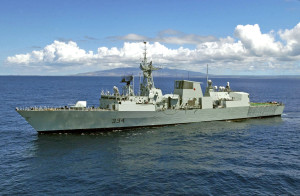
The challenge that the RCN appears to be taking the most seriously is the growing anti-access/area-denial (A2/AD) capabilities of many states. A2/AD refers to weapons systems meant to deny or impede the enemy’s access to critical areas of operations (land, sea, air, and cyberspace). Examples of these types of weapon systems include submarines, anti-ship cruise missiles, anti-ship ballistic missiles, mines (both land and sea), and surface-to-air missiles. They are generally much cheaper than their targets, making them an attractive means for a state to protect their interests and project their power. For example, the anti-ship variant of the American Tomahawk cruise missile costs between $1.4-1.5 million USD per missile, while an American Arleigh Burke-class destroyer (a prime anti-ship missile target) costs approximately $1.8 billion USD.
To respond to these new threats, the RCN has proposed to upgrade its current anti-air and anti-submarine defences. Included in the DAG are upgrades to the point missile defence systems and the anti-submarine warfare systems of the Halifax-class frigates, projects that would allow the frigates to counter many current and future anti-ship cruise missiles and submarines. These upgrades would increase the survivability of the Halifax-class frigates and enhance their interoperability with allied navies, especially the United States Navy. It is also proposing the Submarine Equipment Life Extensionproject, which would extend the service life of Canada’s Victoria-class submarines.
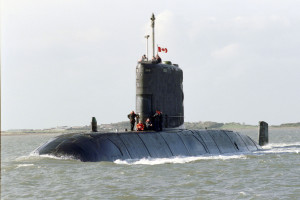
Aside from intending to upgrade current weapons systems and platforms, the RCN is designing its new ships to operate with A2/AD threats in mind. The Canadian Surface Combatant(CSC) project is the RCN’s intended replacement project for its Halifax-class frigates and Iroquois-class destroyers. Based on a common hull but being produced in two variants (a command and control/anti-air defence variant and a general purpose variant), the vessels of the CSC project will form the backbone of the RCN for decades to come. While the CSC project is still in the preliminary stages, it would appear that the command and control/anti-air defence variant could be well-suited to operate in an A2/AD environment. The projected ability of this variant to coordinate the defence of naval task forces in the face of A2/AD threats would help the RCN lead the way in international maritime security operations.
By releasing the 2014 Defence Acquisition Guide, the Canadian federal government has started to show how it plans to bring the Royal Canadian Navy into the 21st century. The plans to increase the RCN’s operability in A2/AD areas are increasingly necessary as other states enhance their own naval capabilities. While purchasing every single project described in the DAG is not financially feasible, following through with some of the more critical projects can increase the future effectiveness of the RCN.

